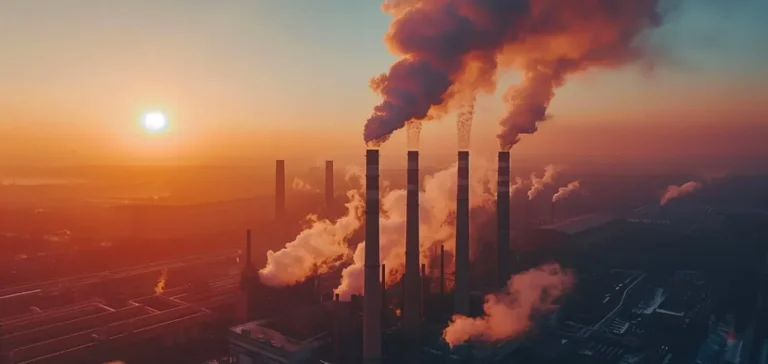Greenhouse gas emissions in the United States, which have steadily declined since the mid-2000s, could level off as early as the next decade, according to projections published by research centre Rhodium Group. The study, based on multiple economic and energy scenarios, indicates a significant change in the country’s climate trajectory following the change in presidential administration.
A major political shift in energy policy
According to the report, the first seven months of Donald Trump’s new term have brought a marked reversal in the country’s energy policy, described as “the most abrupt change in energy and climate policy in recent history”. Several measures implemented under the previous administration were rolled back, including tax credits for renewable energy, while wind energy projects were suspended.
Congress and the White House have adopted a clearly pro-fossil fuel stance, reviving coal, oil and natural gas production while reducing support for electric vehicles and solar power. This new strategic orientation directly impacts national emissions forecasts.
Downward targets revised for 2035
In its latest report, Rhodium Group now anticipates a 26 to 35% reduction in greenhouse gas emissions by 2035 compared to 2005 levels. In its previous forecasts, the decline was estimated between 38 and 56%. The most pessimistic scenario expects a moderate drop until 2030, followed by a plateau through 2040.
US emissions peaked in the mid-2000s. Their decline was primarily driven by the downturn in coal use, gradually replaced by natural gas and then renewable energies. The new regulatory context calls this trend into question, though it does not currently suggest a sharp rebound in emissions.
Uncertain investment in low-carbon technologies
The report also highlights growing uncertainty around future investment in low-carbon technologies. The withdrawal of certain incentive mechanisms has slowed decision-making in renewable infrastructure, particularly in offshore wind and large-scale solar sectors.
The long-term effects of this political shift remain dependent on various factors, including hydrocarbon prices, technological developments and decisions by local governments. For now, the current trajectory could position the United States as one of the few industrialised nations not accelerating its emissions reductions.






















